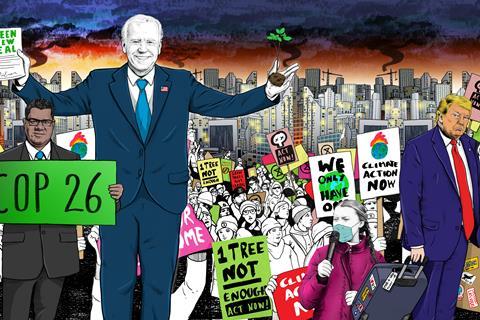
This is long-overdue and goes far beyond the limited scope of the standard building EPC. Until recently, we have seen minimal requests for post-occupancy evaluation on new buildings.
It is great to see the industry embracing the need to disclose the actual energy being consumed by office occupiers, as opposed to the general assumptions used during the design phase.
Energy-efficient building design is not new. Just like electric cars, it has existed for decades. Until recently, it remained very much a niche interest. This is now changing as the management of energy use enters the mainstream and becomes a cornerstone of good building design.
Our business is actively supporting NABERS. The 33% reduction in energy use achieved in the Australian office market sector in 10 years is compelling. Only by measuring in-use energy performance can we hope to achieve the incremental improvements that collectively get us closer to zero carbon.
The independent design reviews that NABERS requires allow best practice to be captured and deliver improved building design principles. But the greatest challenge is perhaps not improving the performance of new buildings but how to retrofit the larger number of existing buildings to improve their efficiency. That is both a business opportunity and a challenge for the real estate industry.
For many, the global climate crisis is personified by Greta Thunberg. For others, it has been David Attenborough’s documentaries. Perhaps a positive outcome of the global pandemic is the growing realisation that the actions of every individual make a difference, and the choices we make contribute to the global environment.
Our family has recently gone electric; meanwhile, a large part of my work revolves around the repurposing of existing buildings. I can only see that increasing over time as the real estate industry responds to the climate crisis.
Eva Mills, divisional director, building performance engineering, Hydrock






























No comments yet